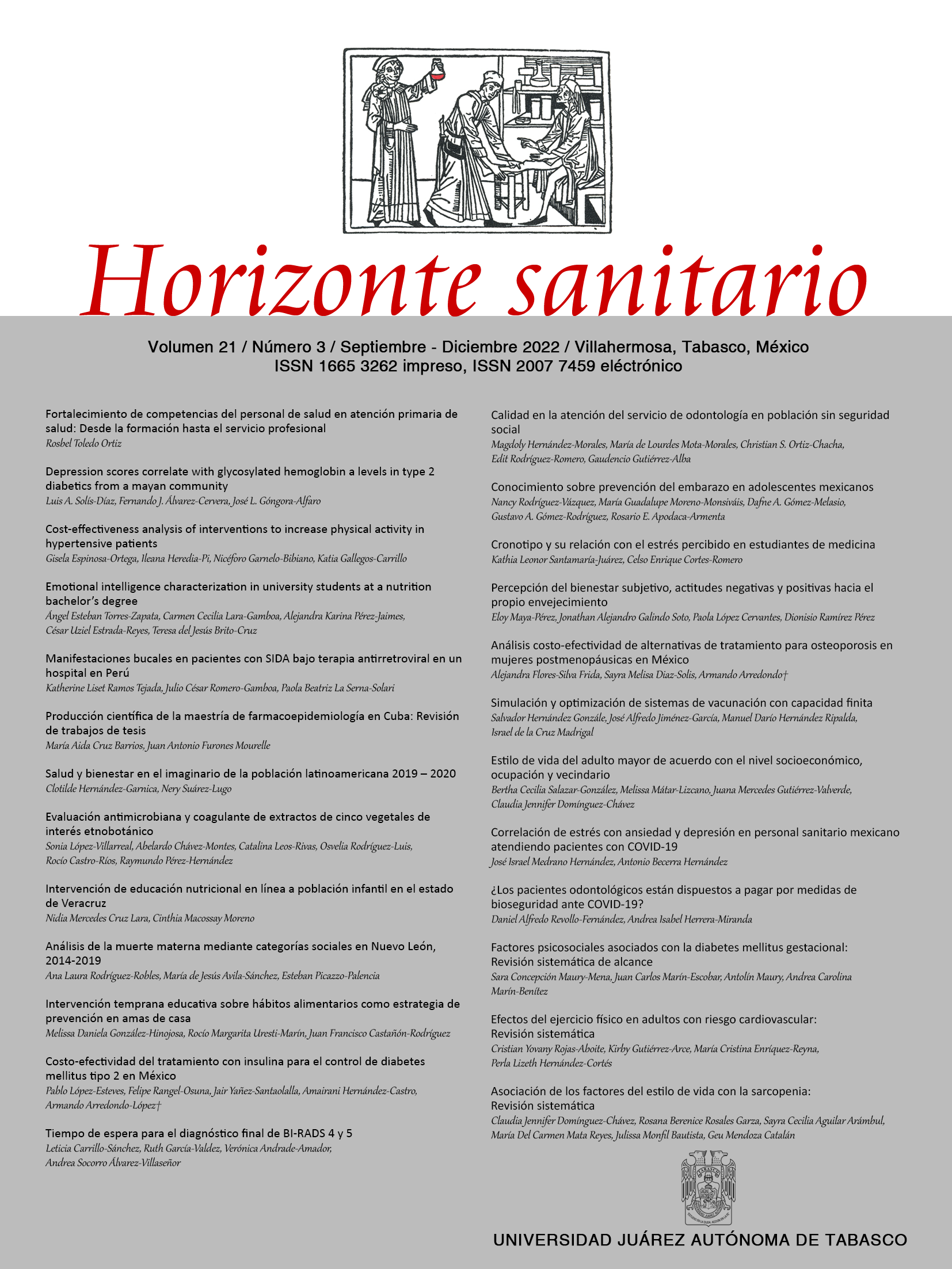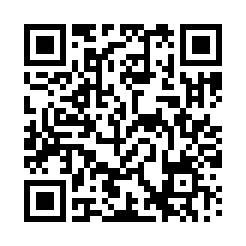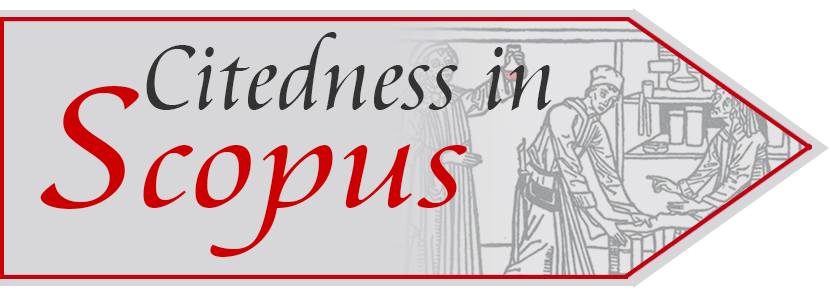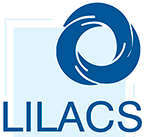Chronotype and its relationship with perceived stress in medical students
DOI:
https://doi.org/10.19136/hs.a21n3.4691Abstract
Objective: To assess chronotype and its relationship with the perceived stress level in medical students from a public university in Mexico.
Material and methods: Cross-sectional study that included 332 college students. Morningness-eveningness questionnaire (MEQ) and perceived stress scale (PSS-14) were applied. Non-parametric Kruskal-Wallis test was used to establish statistical differences between chronotypes and the Spearman correlation coefficient was used to establish a correlation between MEQ and PSS-14 scores. The p-value equal to or less than 0.05 corresponded to the statistically significant result (p<0.05).
Results: For the entire sample, the median of the MEQ score was 52. The distribution of chronotypes was as follows: 21.1% morning chronotype; 72.3% intermediate chronotype; 6.6% evening chronotype. The PSS-14 median score was 28. PSS-14 score in women was higher than in men (29 vs 24.5; p= 0.000). The median of the PSS-14 score in each chronotype group was higher in women than in men; nevertheless, a statistically significant difference between them was only found in evening chronotype (p= 0.000). The result of Spearman’s correlation coefficient showed significant relationship between chronotype and perceived stress score (rho= -0.143; p=0.009).
Conclusion: Evening chronotype is associated with a higher PSS-14 score, particularly in women, who had the highest score in each chronotype.
Keywords: Circadian; Stress; Medical students; Spearman
Downloads
Published
Issue
Section
License
Copyright (c) 2021 Horizonte Sanitario

This work is licensed under a Creative Commons Attribution-NonCommercial-ShareAlike 4.0 International License.





























